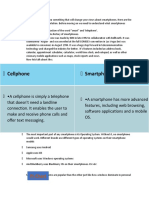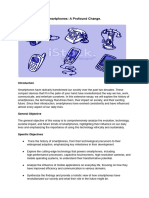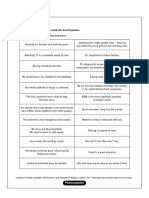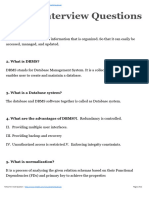0% found this document useful (0 votes)
77 views20 pagesSmartphone Impact on Society Report
The document discusses the evaluation of smartphones for use in capturing microscopic images. A study compared an 8 megapixel and 16 megapixel Android smartphone. Pathologists reviewed images and videos captured from biopsy samples and found the 8 megapixel phone produced higher quality images that were more adequate for rendering diagnoses. While image quality was higher on the 16 megapixel phone, the differences were not statistically significant. The study found adding video images of specimens was useful. Build quality of smartphones depends on factors like materials used, fit and finish, and durability against dust, water and drops. Design quality is different from build quality.
Uploaded by
sahil.22gsob2010437Copyright
© © All Rights Reserved
We take content rights seriously. If you suspect this is your content, claim it here.
Available Formats
Download as PDF, TXT or read online on Scribd
0% found this document useful (0 votes)
77 views20 pagesSmartphone Impact on Society Report
The document discusses the evaluation of smartphones for use in capturing microscopic images. A study compared an 8 megapixel and 16 megapixel Android smartphone. Pathologists reviewed images and videos captured from biopsy samples and found the 8 megapixel phone produced higher quality images that were more adequate for rendering diagnoses. While image quality was higher on the 16 megapixel phone, the differences were not statistically significant. The study found adding video images of specimens was useful. Build quality of smartphones depends on factors like materials used, fit and finish, and durability against dust, water and drops. Design quality is different from build quality.
Uploaded by
sahil.22gsob2010437Copyright
© © All Rights Reserved
We take content rights seriously. If you suspect this is your content, claim it here.
Available Formats
Download as PDF, TXT or read online on Scribd
/ 20





















































































